Five tips that will work every time to take your cooking to the next level and impress your next dinner guests.
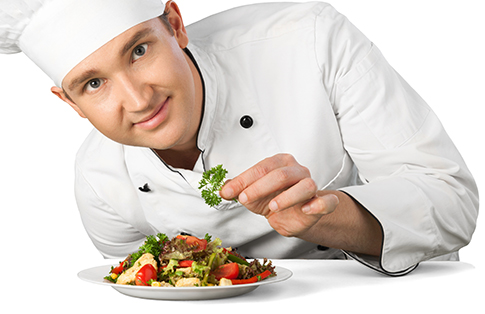
START ON THE RIGHT FOOTING-FRESH AND SEASONAL PRODUCE
Say no to out of season ingredients and hello to fresh and seasonal produce. Not only is it cost effective to use produce in season, saving you a lot on your weekly grocery shopping, the benefits also extend to adding richer flavor to any dish. Fruit and vegetables that are not in season locally are grown in a hothouse or shipped from other parts of the world then chilled and held in warehouses which means they don’t have a chance to develop their full flavor and you can definitely taste the difference. Not to mention that out of season fruit and vegetables have less nutrients than in season produce. So what are you waiting for? Find your local organic grocer and start stocking up on local fruit and vegetables for your next gourmet meal and cook or dab your veggies with dripping or lard to help those essential vitamins and nutrients be better absorbed by your body.
WORK ON THE RIGHT FLAVOUR COMBINATIONS
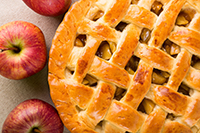 Once you have decided on using fresh ingredients, the
next step for a Chef is to develop a dish that has complementary flavours. Are you curious why some ingredients seem to have a natural affinity for
one another while others just don't work well together?
Once you have decided on using fresh ingredients, the
next step for a Chef is to develop a dish that has complementary flavours. Are you curious why some ingredients seem to have a natural affinity for
one another while others just don't work well together?
It’s also about unexpected ingredient combinations that show off the uniqueness of a dish and have your dinner guests asking for that secret ingredient. Welcome to a chef’s world of food pairing or otherwise known as “flavour combinations”- a growing ability to unlock new flavour combinations and expand your gourmet repertoire. It is estimated that smell determines 80% of our flavour experience leaving only taste and touch accounting for only 20% of the overall eating experience! So what is the secret to pairing the right agreements? If truth be told when two or more ingredients share the same aroma components then they are complementary and can work well in any dish that you develop (all other things being equal) - it’s that easy! Think about that incredible smell that wafts through your kitchen when dripping is being heated in the oven; it makes your mouth water and pairs beautifully with root vegetables and of course meats, enhancing their natural flavours.
HOW TO PERFECT A SAUCE
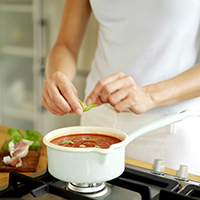 Whether it’s the perfect bolognaise sauce, hollandaise
sauce or tomato sauce- if you are a frequent watcher of reality cooking TV shows you will know that the winners are always those that can perfect a
sauce that raises the bar on any dish.
Whether it’s the perfect bolognaise sauce, hollandaise
sauce or tomato sauce- if you are a frequent watcher of reality cooking TV shows you will know that the winners are always those that can perfect a
sauce that raises the bar on any dish.
So how do you create that unforgettable sauce? The key is to season a sauce at the end and never during the process of making it. When your sauce has reached the proper consistency then is the right time to add salt not before.
There are plenty other ingredients to add to a sauce, not just salt to improve its flavour. If it’s an Italian sauce then fresh herbs like basil and oregano always lifts the taste or why not try adding some whole milk or heavy cream and allow to simmer in the pan for several minutes. If you feel like enhancing flavor to a roux, add lard to flour as a substitute for butter, fry off onion and garlic or spice mixes using dripping and get hooked on adding a twist to your sauce.
SETTING THE RIGHT TEMPERATURE
Have you ever moved house and tried a new oven only to find that it overcooks a roast or burns any of your baking attempts? Chefs know that you need to check appliances to ensure that they will deliver the results you are looking for in the kitchen.
For ovens, a foolproof way before you place anything in an oven, whether it’s a main meal or a dessert is to always use a thermometer and not just to rely on the temperature you set in the oven. That way you know absolutely, without question that you have the right temperature for cooking. Try it and see for yourself- particularly for all aspiring bakers, it’s the only fool-proof way to ensure perfecting baking.
USE FATS RATHER THAN OILS TO IMPROVE FLAVOUR (AND NUTRITION)
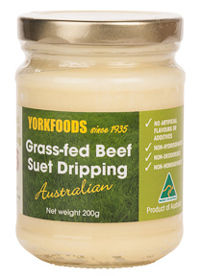 Quality
animal fats are the healthy alternative to heavily processed cooking oils. If you really want to impress your friends and family, why not try our lard
which we’re thrilled to see finally back in vogue with many chefs world-wide. Lard and dripping are slowly returning to being a secret weapon in the
kitchen as they pack not just a flavor punch but also the incredible aromas that are so loved by many for transforming a plain dish into a gourmet
meal!
Quality
animal fats are the healthy alternative to heavily processed cooking oils. If you really want to impress your friends and family, why not try our lard
which we’re thrilled to see finally back in vogue with many chefs world-wide. Lard and dripping are slowly returning to being a secret weapon in the
kitchen as they pack not just a flavor punch but also the incredible aromas that are so loved by many for transforming a plain dish into a gourmet
meal!
At the end of the day, cooking in the 21st century is not only about a dish being cooked to perfection and in style, it is also about eating clean and knowing that you are putting your health first. This means improving the absorption of nutrients by serving your vegetables with a dab of healthy fats and choosing fat products that haven’t been overprocessed and stripped of all goodness. Take a step in the right culinary direction and you’ll feel (and taste!) the difference.




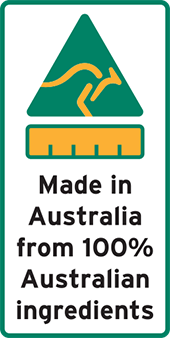


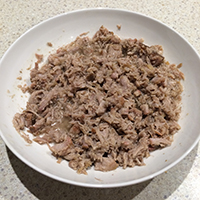
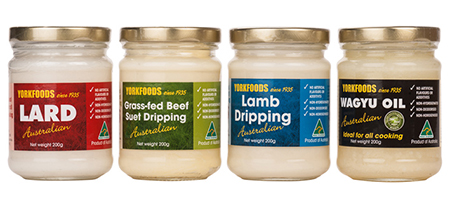
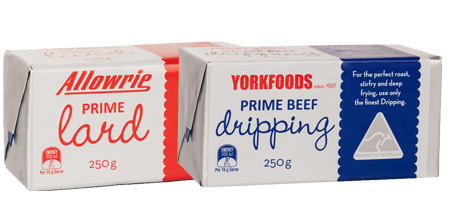


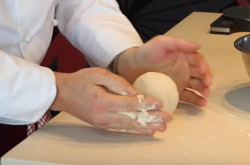
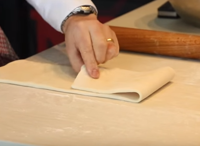
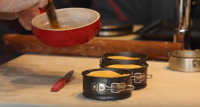
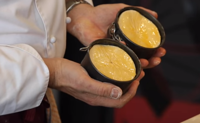

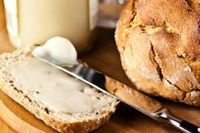
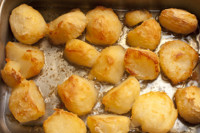

.jpg?Action=thumbnail&algorithm=fill_proportional&width=269)
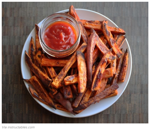
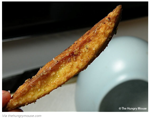
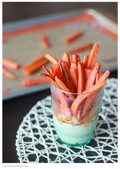
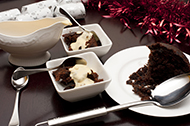 We shared some great Christmas pudding recipes last month that include suet that will leave your Christmas puddings moist and delicious in a way that butter and other options just can’t. November is the perfect
time to get started with your puddings as the mixture is even more amazing if left to mature. You can find out more
We shared some great Christmas pudding recipes last month that include suet that will leave your Christmas puddings moist and delicious in a way that butter and other options just can’t. November is the perfect
time to get started with your puddings as the mixture is even more amazing if left to mature. You can find out more 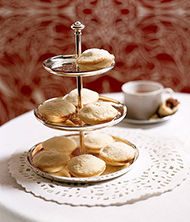
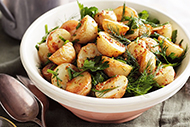 Roast potato salad - everyone
loves a potato salad. There’s rarely a picnic or BBQ where this salad doesn’t make an appearance so why not make it extra special this Christmas by
roasting your potatoes before dressing them. By roasting them in lard you not only get that lovely golden colour and scrumptious flavour, you also
get that an added crunch if you leave dressing until the last minute.
Roast potato salad - everyone
loves a potato salad. There’s rarely a picnic or BBQ where this salad doesn’t make an appearance so why not make it extra special this Christmas by
roasting your potatoes before dressing them. By roasting them in lard you not only get that lovely golden colour and scrumptious flavour, you also
get that an added crunch if you leave dressing until the last minute. 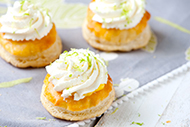
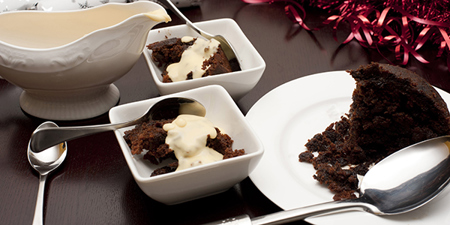
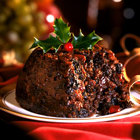
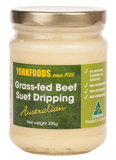
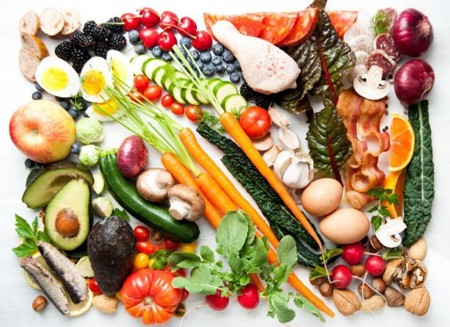
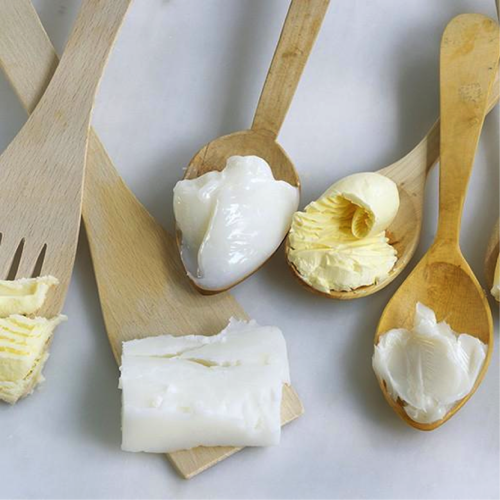
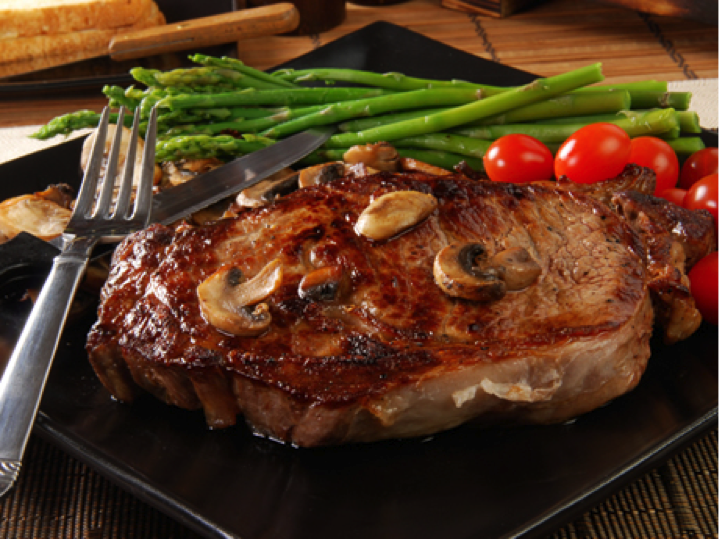
 The team here at York Foods are a lot of things. We’re a family and a business. We’re locals through and through. We’re pioneers, advocates, and self promoters. We are passionate and we’re determined. We’re all of these things and more because we stand behind our range of 100% natural and Australian-made products and we firmly believe that they should be a part of your family’s diet.
The team here at York Foods are a lot of things. We’re a family and a business. We’re locals through and through. We’re pioneers, advocates, and self promoters. We are passionate and we’re determined. We’re all of these things and more because we stand behind our range of 100% natural and Australian-made products and we firmly believe that they should be a part of your family’s diet.
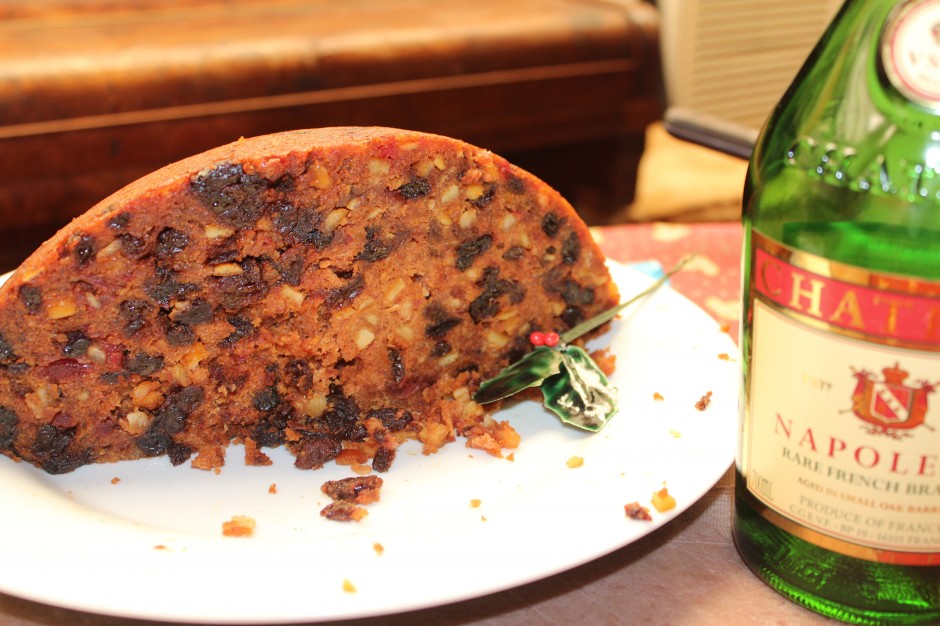
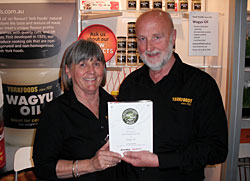 Goulburn business, York Foods has won the award for Best New Retail Product at the Fine Food Australia show in Sydney this week for its Wagyu oil product. Winning this prestigious award will help promote York Foods to a wider audience in the food industry.
Goulburn business, York Foods has won the award for Best New Retail Product at the Fine Food Australia show in Sydney this week for its Wagyu oil product. Winning this prestigious award will help promote York Foods to a wider audience in the food industry. A rendered Wagyu cooking oil product which can be used as a beef-based substitute for expensive duck fat in cooking has scored a major award at the nation’s largest food industry exhibition.
A rendered Wagyu cooking oil product which can be used as a beef-based substitute for expensive duck fat in cooking has scored a major award at the nation’s largest food industry exhibition.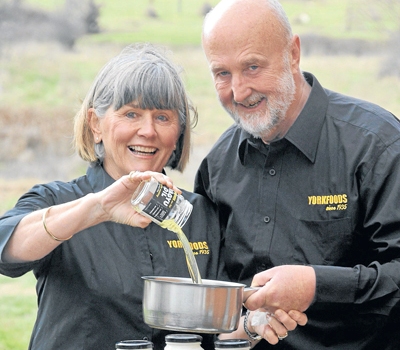 IT TURNS out there was a reason our parents and grandparents cooked with fat – it tastes better.
IT TURNS out there was a reason our parents and grandparents cooked with fat – it tastes better. 